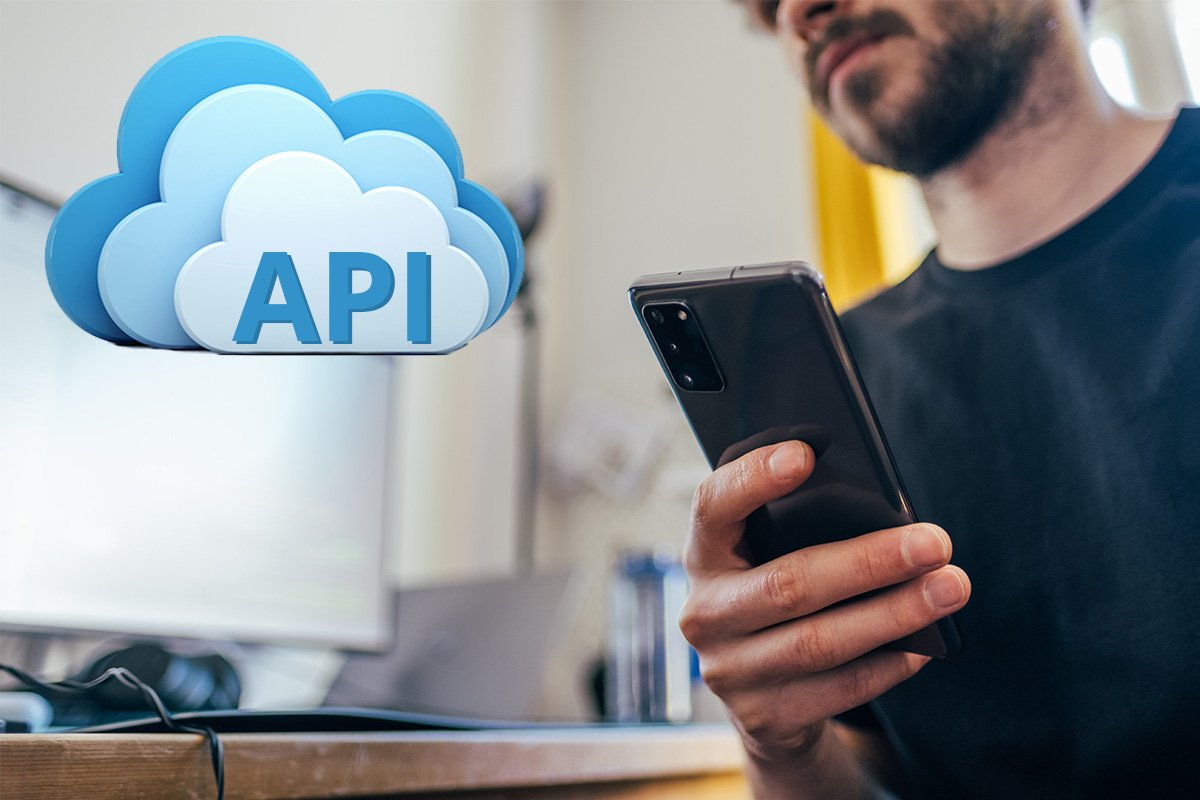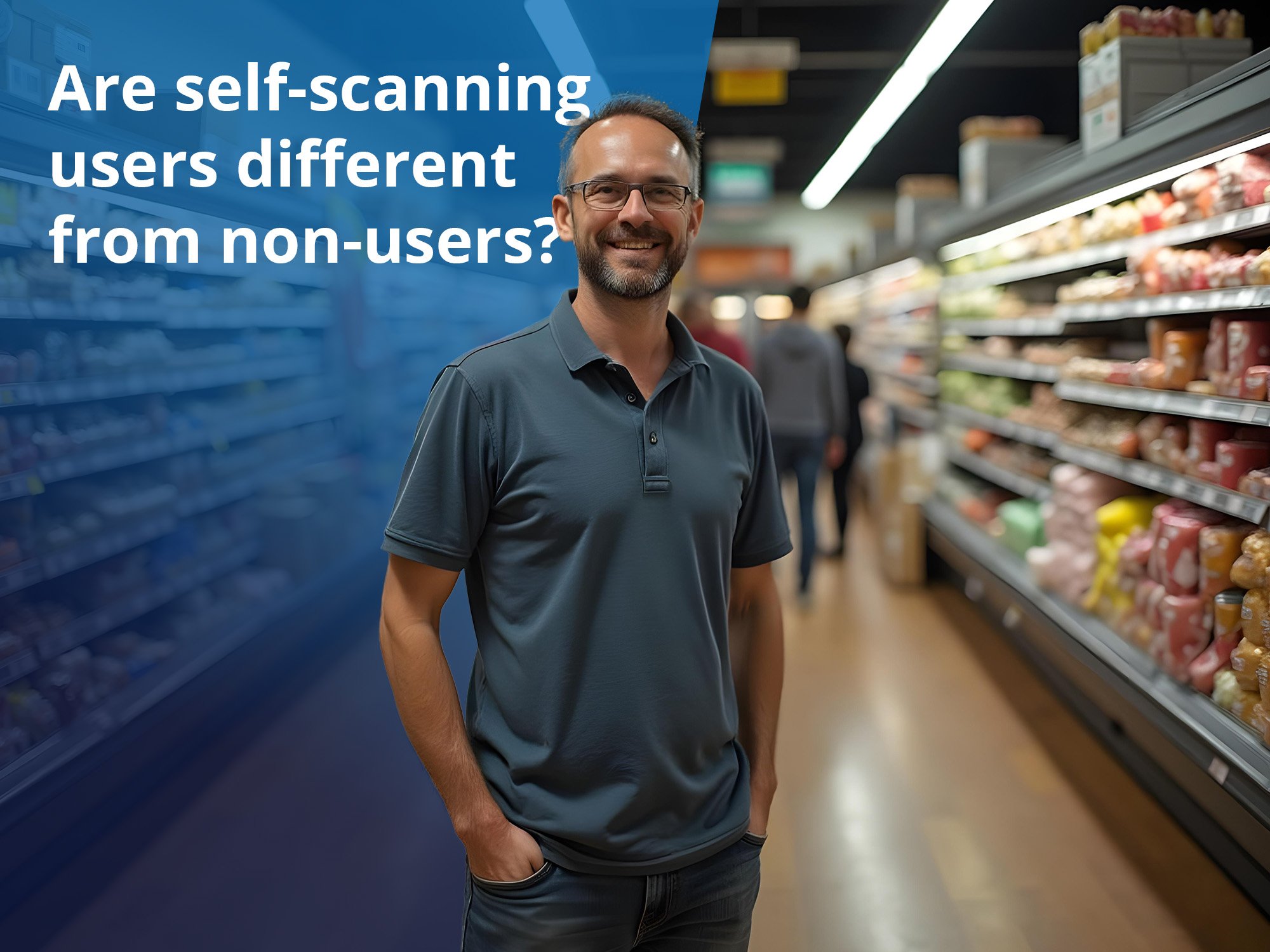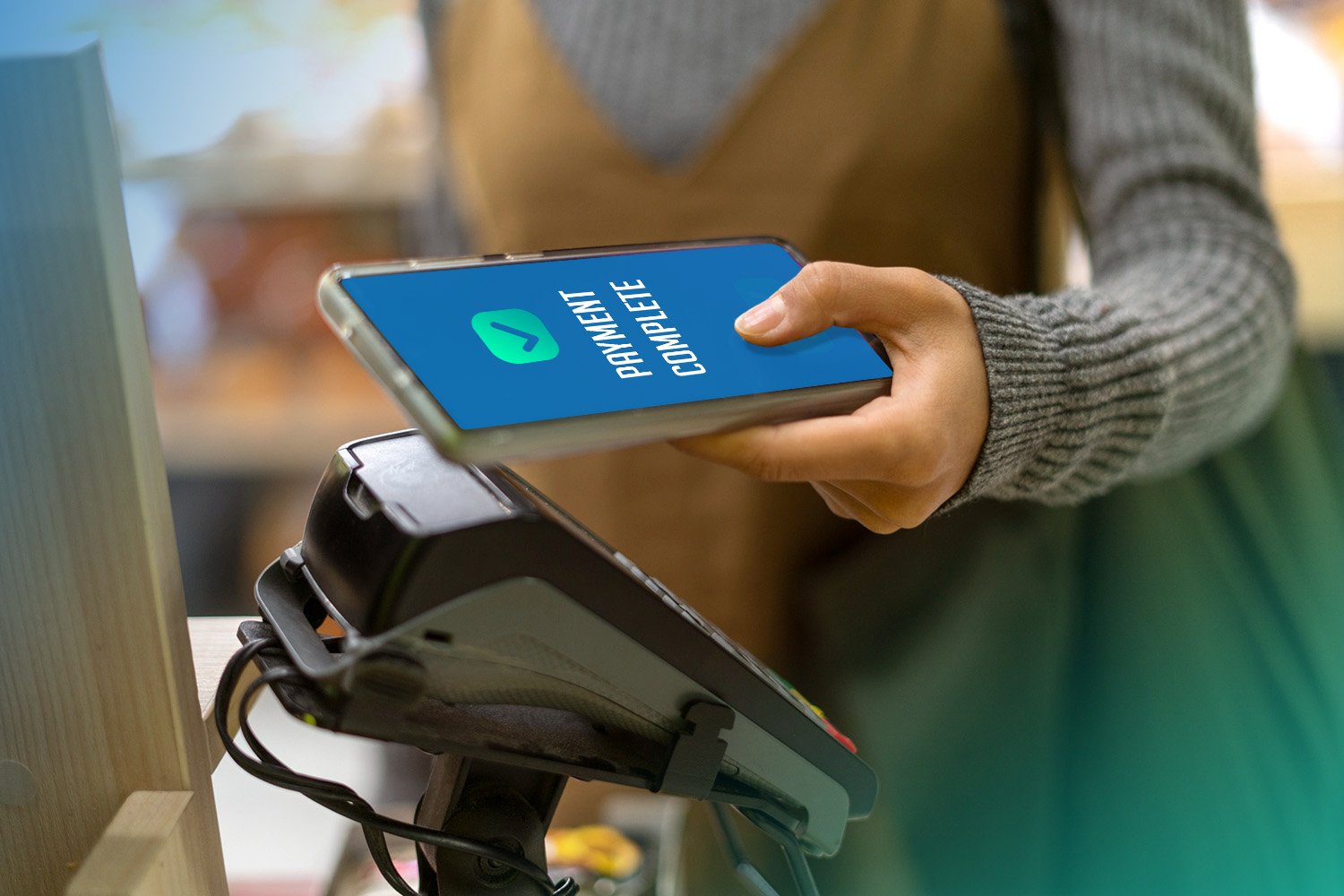Implement smartphone self-scanning using an API
Self-scanning using the BYOD (bring-your-own-device) approach can raise several concerns among retailers, as to how this additional software can and will interact with the existing systems. Moreover, the unwillingness among consumers to download more applications than necessary, could potentially scare retailers from even consider BYOD as a self-scanning alternative. But are these concerns valid, and how can a BYOD solution be implemented?
Implementing a self-scanning solution has grown in popularity during the last decade, and this pattern is estimated to continue as more retailers have started to see the benefits of self-scanning, both for the shoppers but also for store owners.
When it comes to choosing what self-scanning solution to implement, BYOD (bring-your-own-device) and ROD (retailer-owned devices) share both similarities and differences in terms of advantages and benefits. Depending on the retailer’s budget, goals and willingness to adapt the store space, the choice might be BYOD, ROD or both.
What are retailers’ concerns about BYOD self-scanning?
When selecting BYOD, there are opportunities to utilize the customers’ own devices, which can be seen as a smart financial move, but also convenient when done right. However, there are some aspects of this approach that tend to worry retailers, some might even prevent them to go for a BYOD solution:
Discrepancy between the self-scanning software and the brand
The risk of high app development costs
The unwillingness among shoppers to downloading additional apps
A fear of incompatibility between the self-scanning software and other systems
These fears are explained further below.
The possible discrepancy between self-scanning software and the brand visuals
For retailers, it is important that all brand assets and visual communications are consistent. This also means that any systems that customers interact with also should have the same look-and-feel as the rest. It can thereby be seen an obstacle when implementing a new customer-facing system, and may raise concerns about how this additional system can be tailored to align with the brand visuals. This can be a reason for retailers to choose ROD only, as they feel they can at least tailor the hardware to fit the brand identity.
But with a self-scanning software that is customizable, the interface can have the same look as the rest of the brand’s systems. This includes logotype, colours, fonts and other visual assets that are available and aligning with the retailer brand. By adapting the self-scanning software to look as similar to the retailer's visuals as possible, the barrier towards using the solution will be lowered for the end-consumer.
The risk of high app development costs
Creating an application can be costly, regardless of the size of the application. Mobile app development costs may require a quite high initial cost, but as new and upgraded mobile operating systems are released, there is also the need for app upgrades in order to fit the newest requirements. There is thereby a need to be cost-efficient, and to find synergies when possible.
Luckily, with smart self-scanning software, there is no need to create an app from scratch. Instead, the software can be integrated with the existing application (if there is one), using APIs. This means there is no need for customers to download any additional app, instead the self-scanning feature will be available to use within the retailer’s loyalty app. This makes both the initial costs, and any costs for updates, significantly lower, compared to a stand-alone app.
The unwillingness to downloading any additional apps
As of now, there are more than 3,5 million apps in Google Play Store, and more than 1,6 million apps in Apple App Store. And while most customers love to do their shopping in an easy and convenient way, there are limits to how many apps they are willing to download – there is simply no room for all.
This barrier towards downloading any additional app has the potential to completely eliminate any positive effects of implementing self-scanning in the first place – if no one utilises the function, the investment was unnecessary. Therefore it can be a good idea to use a self-scanning solution that can be integrated with the existing apps. Many retailers have their own app already, showcasing discounts, news and other helpful information. By collecting all features in one app, it is possible to maximise the usage, and create a larger incentive for the shopper to download that specific app.
The fear of incompatibility between self-scanning software and other systems
One of the major concerns retailers have regarding implementing a self-scanning solution is whether or not it will be compatible with the existing systems. It is likely that retailers have invested a significant amount of time, resources and personnel towards the success of these systems such as CRM, loyalty programs and such. It is therefore unlikely that they would be willing to abandon these systems, or implement a solution that only works subpar with them.
With self-scanning solutions such as EasyShop, the software can be integrated with various systems through APIs. This makes it possible to showcase discounts and other offerings directly in the self-scanning interface. Through these integrations, it is also possible for EasyShop to connect with the CRM system, meaning that personalized offers and shopping lists can be featured as the shopping trip progresses.
How does it work to integrate a self-scanning solution with an existing app?
Adding a self-scanning software to an existing app does not need to be complicated. When using a headless solution such APIs it is possible to integrate the self-scanning solution with the app – without having to budge on security or brand identity. It is possible for retailers to create their own interface, with the brand colours and visuals, and thereafter connect it to the self-scanning solution. Moreover, by using the existing loyalty-solution, such as an established CRM-system, the retailer can make sure that the offers shown are personalized and tailored to the customers’ shopping habits and needs.
The integration does not need to be overly complicated, however it is important to use a competent software-provider – when obstacles occur, knowledge and experience will be vital in order for a successful implementation.




